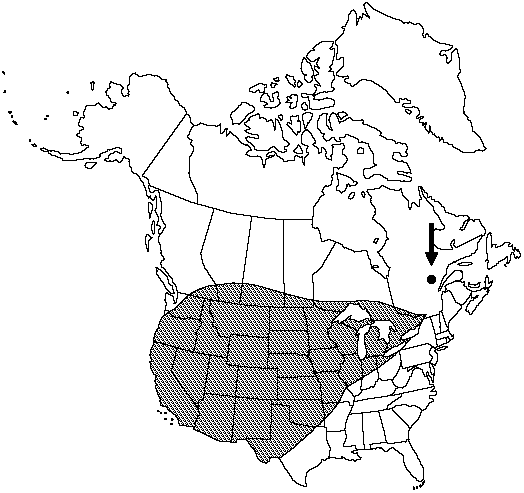Equisetum laevigatum
Amer. J. Sci. Arts 46: 87. 1844.
Aerial stems lasting less than a year, occasionally overwintering in the southwestern United States, usually unbranched, 20–150 cm; lines of stomates single; ridges 10–32. Sheaths green, elongate, 7–15 × 3–9 mm; teeth 10–32, articulate and usually shed early, leaving dark rim on sheath. Cone apex rounded to apiculate with blunt tip; spores green, spheric. 2n =216.
Phenology: Cones maturing in spring–early summer.
Habitat: Moist prairies, riverbanks, roadsides
Elevation: 1530–3500 m
Distribution

Alta., B.C., Man., Ont., Que., Sask., Ariz., Ark., Calif., Colo., Idaho, Ill., Ind., Iowa, Kans., Mich., Minn., Mo., Mont., Nebr., Nev., N.Mex., N.Dak., Ohio, Okla., Oreg., S.Dak., Tex., Utah, Wash., Wis., Wyo., n Mexico including Baja California.
Discussion
Schaffner named this species Equisetum kansanum because he applied the name E. laevigatum to what we now know is the hybrid E. × ferrissii. The coarser-stemmed, occasionally persistent forms in the southwestern United States have been called Equisetum funstonii.
Selected References
None.